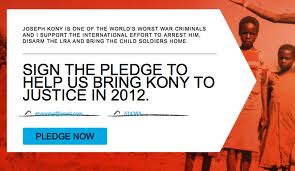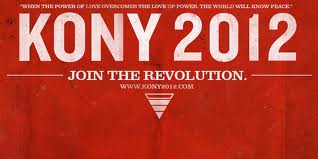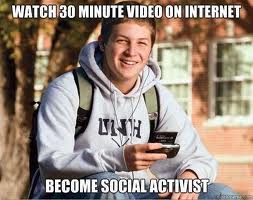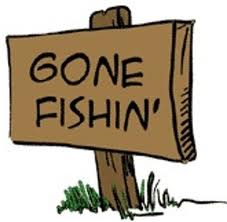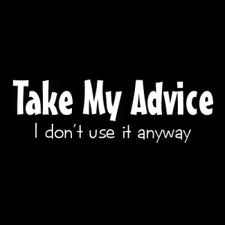 There are those of us who like to make plans in the dark and by ourselves. I suspect some people like to do it that way because the act of planning is revolutionary and involves tackling the scary monster that most people recognize as “CHANGE“.
There are those of us who like to make plans in the dark and by ourselves. I suspect some people like to do it that way because the act of planning is revolutionary and involves tackling the scary monster that most people recognize as “CHANGE“.
And doesn’t change involve “death”?
Ahhhh, I bet that got your attention. I suspect many of you are scratching your head over that logical leap, but is it really that big of a leap? Consider the following quote from Anatole France that I found online at BrainyQuote:
“All changes, even the most longed for, have their melancholy; for what we leave behind us is a part of ourselves; we must die to one life before we can enter another.”
 So, if planning equals change and change equals death, then through mathematical transitive properties . . . planning also equals death.
So, if planning equals change and change equals death, then through mathematical transitive properties . . . planning also equals death.
I know some of you are there with me on this ethereal point and others of you are still shaking your head. Regardless, let’s all agree that planning equals change, and both planning and change are scary propositions for some people. Keeping this in mind, let’s circle back to the question begging to be asked:
Who should you invite to the planning table?
While some people are very cautious and want to control the process and outcomes, I don’t subscribe to that paradigm. I am a firm believer that those people who are involved in planning are the people who you most need to roll up their sleeves once the planning process concludes.
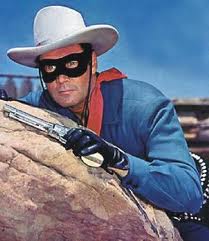 So, if you like to be the Lone Ranger and have time to single-handedly implement (and fund) your nonprofit organization’s strategic plan (or marketing plan or resource development plan or any other kind of plan), then I encourage you to lock yourself in a closet and start writing that plan. However, if you want others to roll up their sleeves and open their wallets, then the answer to this question is that you need to find ways to involve all stakeholders including: board, staff, clients, volunteers, community supporters, donors, collaborative partners, etc.
So, if you like to be the Lone Ranger and have time to single-handedly implement (and fund) your nonprofit organization’s strategic plan (or marketing plan or resource development plan or any other kind of plan), then I encourage you to lock yourself in a closet and start writing that plan. However, if you want others to roll up their sleeves and open their wallets, then the answer to this question is that you need to find ways to involve all stakeholders including: board, staff, clients, volunteers, community supporters, donors, collaborative partners, etc.
This does not mean throwing caution to the wind and working in total transparency for the entire world to watch, worry and fret over. After all, there are times when revolutionary ideas are aired and debated during the planning process. For example, imagine how uncomfortable it might be for an organization to examine the merits of totally changing its mission in front of an audience of donors who have fallen in love with and funded the current mission.
Does this mean donors should be cut out of the planning process? Nope! However, getting the right donors involved does require great thought and care. Asking a trusted donor and friend of the agency to serve on the planning committee means creating ground rules and setting expectations upfront.
Does this mean donors should be ignored until the plan is ready to be unveiled? Definitely NOT! While focus groups and surveys are great ways to secure donors’ feelings and opinions during the planning process assessment phase, it needs to be done thoughtfully. Asking donors to share their thoughts means giving consideration to what they actually have to say regardless of whether or not you agree with it.
Are there risks? Yes, of course, there are, but you can do this!
Don’t take my word for it. I found this great Do-It-Yourself resource guide on strategic planning for those of you who prefer a more traditional planning model. Click here to read more about “Step One: Who Should Be Involved?”
If you didn’t like the first quote about change from Anatole France, then try this BrainyQuote from Robert Gallagher on for size:
“Change is inevitable – except from a vending machine.”
Here’s to your health!
Erik Anderson
Founder & President, The Healthy Non-Profit LLC
www.thehealthynonprofit.com
erik@thehealthynonprofit.com
http://twitter.com/#!/eanderson847
http://www.facebook.com/eanderson847
http://www.linkedin.com/in/erikanderson847

